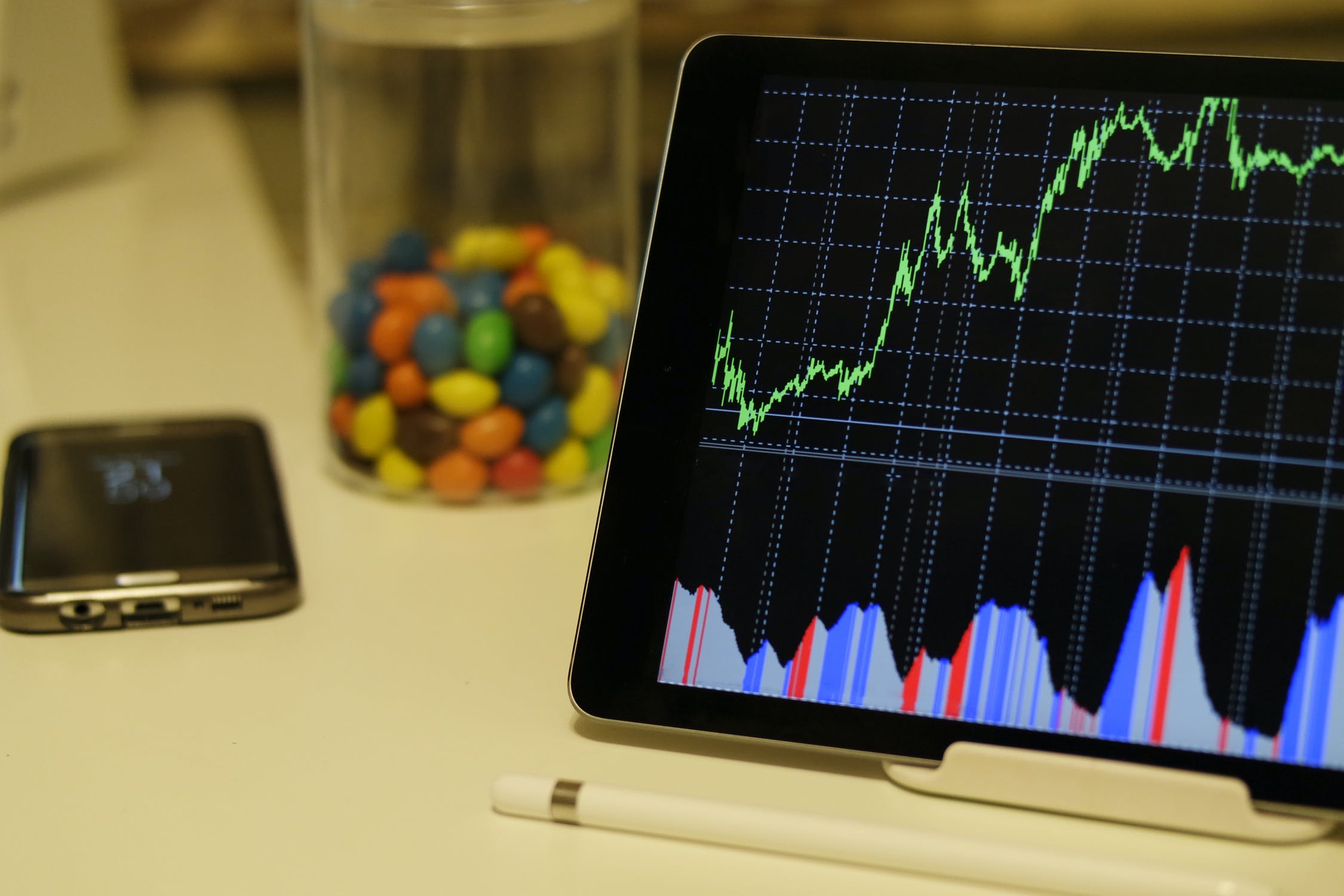If you own a dividend-paying stock and you’re anxious to learn what the dividends calendar is about, then this article is for you.
To start with, a dividend stock is a stock that pays shareholders a dividend from the company’s profit. Not all companies have dividend stocks. Some prefer to reinvest the profit to grow the business and increase their stock price.
Companies that offer dividend stocks choose to reward shareholders with a certain amount per share. These dividends are paid quarterly, although some companies pay semiannually, and some pay every month.
In keeping with dividends, there are certain dates and information you want to stay informed about. These can be accessed on the company’s websites, but you can keep tabs on several companies at once using FBS stock trading dividend calendar.
Photo by Pixabay
What is the stock dividend calendar?
The stock dividend calendar is an instrument that provides basic information about dividends of several companies. You can get all the relevant information from the company’s website, but that is ideal when you have a specific one in mind.
If you’re still trying to figure out whose shares to purchase and you need to study various companies and their offerings, the dividends calendar is your best bet.
One look at the calendar can set you off in an array of confusion with the different dates listed. These dates pass different information that can help your investment plan.
Dates on stock dividend calendar
There are four important dates you’ll see on the calendar. These dates include;
Declaration Date
As mentioned earlier, most companies pay quarterly, while some pay semi-annually or every month. Before the time when dividends are paid, companies announce the amount of money they would pay per share and when this payment will happen.
The day they make this public statement to shareholders is called the declaration date.
Payable Date
The payable date is the date that the company’s board of directors has fixed as the day for payment.
Record Date
Before companies pay dividends, they want to ascertain who is a shareholder and who isn’t. People buy and sell shares at will. If someone previously had some shares with a company and sold them all, they are no longer shareholders and cannot benefit from the dividends.
On the other hand, if someone purchases shares before the dividends are paid, they would become shareholders and benefit from the dividends.
The record date, therefore, is the date that companies give as a deadline to anyone who wishes to be a shareholder to purchase their stocks. This date is often fixed weeks after the declaration date.
Ex-Dividend Date
This is probably the most important date and is set according to stock market rules.
The ex-dividend date is the date after which the purchase of stocks will not attract dividends. Anyone who buys shares on or after the ex-dividend date will not benefit from the company’s dividend for that payment period.
This date is often set one business day before the record day. Say the record date is on a Wednesday; the ex-dividend date will be on Tuesday. If the record date is on Monday, the ex-dividend date will be on Friday.
Keep in mind that any purchase trade done on or after the ex-dividend day will favor the seller, not the buyer. So, the seller will get the company’s dividend, but not the buyer.
Stock trading dividend calendar will keep you informed about every relevant information to maximize your trading experience.
